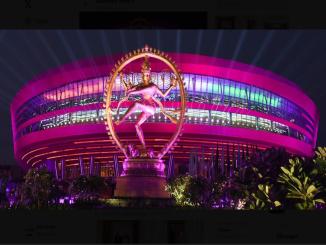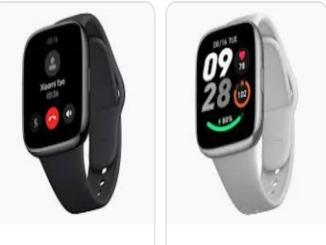
Why people buy at the 99, 999, 9999, 99999, 1 Rs less to 100, 1000, 10000
Diwali Sales time: It is the time when most of the shopping happens around the world. At the time of Diwali, most of the Indians are busy buying items. They buy these items either online or from retail shops. Most people buy whatever they like without having a thought about the price, however many of us are trapped in the cycle of the digit of the amount to be paid. We end up buying items with 9; 99; 999; 9999, 9999...etc. Have you ever thought about why and why do companies keep this price for any item on sale?
Diwali is about to come and Dussehra has come and gone. That is, the festive season sale is going on right now. In this season all the companies are engaged in selling their goods fast. People are also shopping heavily. One of the major reasons for this is that many companies have put up sales. In every cell, you get to see one common thing, the cost of things being Rs. 1 less (why companies set product price Rs. 1 less). You must have also come to mind at some point in time that after all, companies keep the price of things at Rs 99, Rs 499, Rs 999... why (why companies put 99 or 499 type price tag). When the company decides the price, instead of keeping it 99 or 999, why not keep it 100 or 1000 rupees (psychological pricing strategy)? Let us know why companies do this.
This is a psychological pricing strategy
Even if you think that when the price has been kept 99 or 999 rupees, then they would have increased by 1 rupee, but companies do this under psychological pricing strategy. Actually, whenever you see the price of a product in figure 9, you find it low. For example, if the price of a product is Rs 499, then you will find this price to be close to 400 at a glance, not 500. Through psychological pricing strategy, companies attract the attention of customers to their products.
It has also been proved by research
An experiment was also done by the University of Chicago and MIT on the psychological pricing strategy. Under this, he put the price of women's clothing in the categories of $ 34, $ 39 and $ 44. He was also surprised to see that the clothes sold the most, which were priced at $ 39. Although every company keeps this strategy for its product, it is mostly used during the sale.
That one rupee makes extra income!
There are many people who buy goods from a shop or store and if their bill is made in 9 digits (eg 999, 499, 1999) then they do not take Re 1 back. Many times it is said on behalf of the shopkeeper himself that he does not have the change. While paying in cash many people think that what to bother for 1 rupee and give it up. If the shop is small then this money goes into the pocket of the shop owner, that too without coming under the tax net. On the other hand, if it is a matter of a big showroom or store, then the remaining 1 rupee goes into the pocket of the staff i.e. the person at the cash counter, because he has to pay only the billed money. The purpose of keeping the price of things less by Re 1 was never to return Re 1 but this is how it is being used a lot.
Hope next time someone buys after reading this article does not fall into this psychological trap.



























